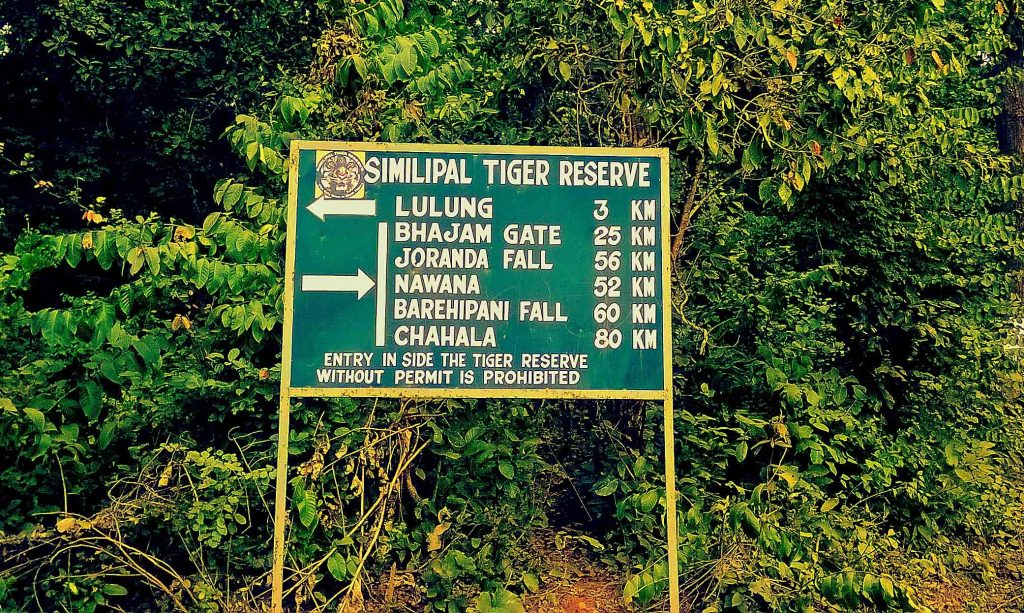Baripada: Two months ago, a video of a forest officer dancing in joy had gone viral on social media as rain brought much-needed relief to the fire-ravaged Similipal National Park.
Nature again came to the rescue of the national park in Odisha’s Mayurbhanj district by sparing it from the devastation of cyclone Yaas on Wednesday.
According to the information, there is no loss of any human life, nor wildlife, Field Director M Jayayoganand said.
Yaas wreaked havoc in the beach towns in north Odisha and neighbouring West Bengal, as it hit the coast on Wednesday morning with wind speeds of 130-140 kmph, inundating low-lying areas amid a storm surge, officials said.
Balasore, Bhadrak, and Mayurbhanj districts have been worst affected by the cyclone that touched the Odisha coast near Bahanaga, which lies south of Balasore and north of Dhamra Port.
The authorities of the National Park inspected vital infrastructure in the reserve, around 190 km north of Bhubaneswar. There has been no such injury among the staff, villagers, and the wildlife, he told PTI over the phone.
However, there has been some damage to the infrastructure, the top official said.
A major wooden bridge inside the tiger reserve, five such small bridges, and a culvert have been damaged, Jayayoganand said.
The official added that small patches of forest road, cumulatively 30 km approximately, had been affected.
Work was carried out late at night and in the morning to remove the uprooted trees and restore vital communication at the wildlife sanctuary, the Similipal Tiger Reserve (STR) tweeted.
All the roads have been cleared for communication.
Established in 1973, Similipal derives its name from the ‘simul’ (silk cotton) tree and is known for the tiger, elephant, and hill mynah. Sal trees are found abundantly in the region. The area, a total of 5,569 sq km, was designated as a biosphere reserve by Unesco in 2009.
Jayayoganand said, the reserve received a lot of rainfall, but the wind speed was not as anticipated.
Bhajabasa area in the southern portion of the national park received extremely heavy rainfall of 382.75 mm over 24 hours till 6 am on Thursday, the STR said.
Barehipani in the northern portion experienced 331 mm of rainfall, while Nawana North and Kabatghai recorded also recorded extremely heavy rainfall, it added.
Numerous waterfalls and perennial streams flow into major rivers, such as the Buddhabalang, and several rivers cut across the plain area, according to the Unesco website.
Since Wednesday evening, the rainfall reduced and it had almost stopped now, according to the official, dispelling fear of chances of flooding till now.
The National Tiger Conservation Authority (NTCA) said, proactive interventions of the STR management ensured that no life had been lost inside the tiger reserve, which spreads over 2,750 sq km in Mayurbhanj district.
“Vulnerable villagers from core and buffer areas were evacuated to safe place by reserve official,” the NTCA tweeted.
PTI
